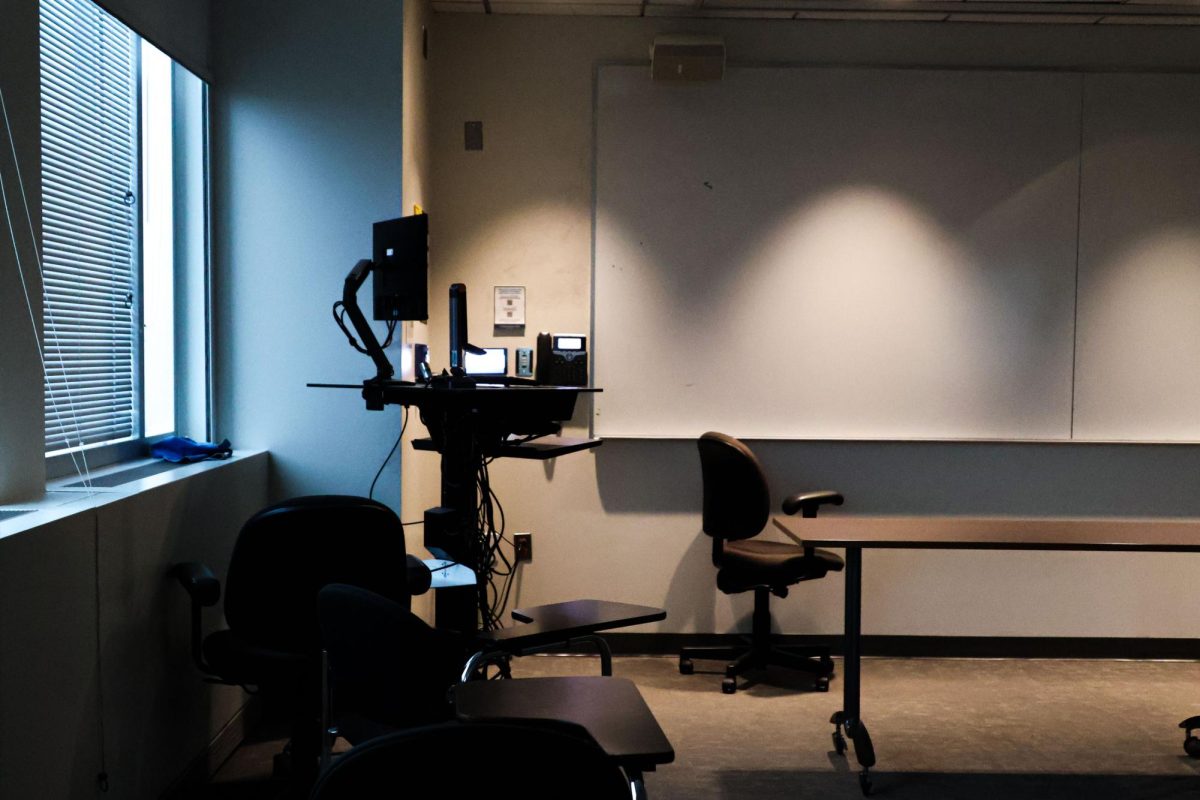The D.C. Zoning Commission published stricter regulations on adding additional levels to rowhomes and converting the houses to multi-unit apartments in some areas of the city Friday, The Washington Business Journal reported Monday.
In a 3-2 vote, the commission adopted the tougher regulations earlier this month. The new rules became effective immediately after their publication in the D.C. Register last week, meaning that any building permits granted after June 26 are under the new regulations. Unless they were granted before July 17 2014, permits currently in progress will also fall under the new rules.
The D.C. Register rulemaking handbook states that the new rules promote the usage of rowhomes in the city for single families with children. The rules discourage the buildings to be used as multi-unit apartments, which would also accommodate the increasing population density in the city. The population of the D.C. metro area has steadily grown by about 1 percent each year over the past decade, leading to an increased demand for housing in the area.
The regulations apply to D.C. residents in the R-4 zoning district, which includes mostly rowhouses covering about 18 percent of the city including Capitol Hill, Shaw, Columbia Heights and other areas. Single family houses in these parts of D.C. cannot create additional levels in their homes if the additions make the building taller than 35 feet. The buildings may not have more than three levels including mezzanines, which are now counted as a separate floor.
If the Board of Zoning Administration grants a permit to split a R-4 residence into at least four units, D.C.’s inclusionary zoning law requires every fourth unit and even unit after that to be designated affordable housing.
New building on R-4 properties also must not interfere with light, air and solar power apparatuses in neighboring properties. They also can’t “substantially visually intrude upon the character, scale and pattern of houses along the street or alley.”
With the recent surge in home renovations as the population steadily increases, D.C. residents like Todd Crosby have supported restrictions on converting the buildings to multi-unit apartments.
“I did not invest my life savings in my Washington, D.C. rowhouse to share a wall with a four-story apartment building,” Crosby said in a letter to the commission. “I do not want to listen to the noise from 4 apartments through our shared wall. I do not want my kids to play in my backyard in the shadow of a huge pop-up/back and I do not want to barbecue in a Panopticon.”
There are other D.C. residents that support restrictions on building additions to row homes because they think the new parts are ugly and will ruin the neighborhood’s look. Capitol Hill resident Daniel Garry called these concerns for the additions “trivial” and “meritless” in a statement to the commission.
“The proposal’s purpose appears to be to appease District residents who refuse to acknowledge that the District is a growing city that requires additional housing,” Garry wrote.
Philip Simon, a co-founder of S2 Development, told the zoning commission the rules “do nothing to stop the building of unsightly houses in the R-4 district and it certainly does nothing to increase the oversight of bad contractors.”




